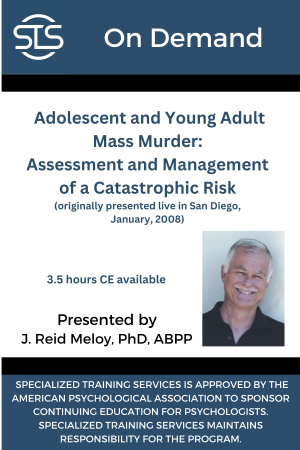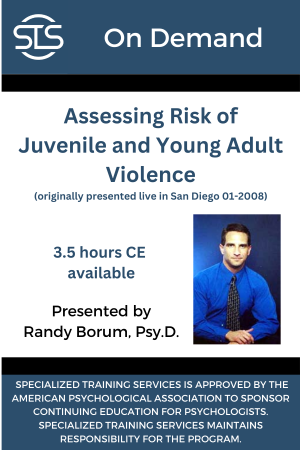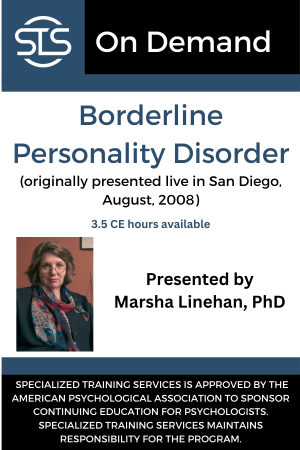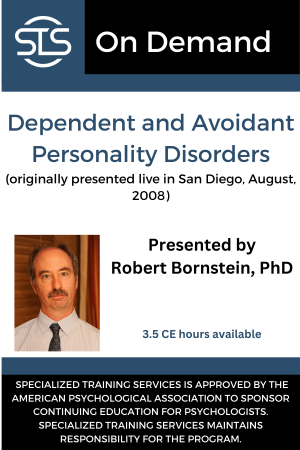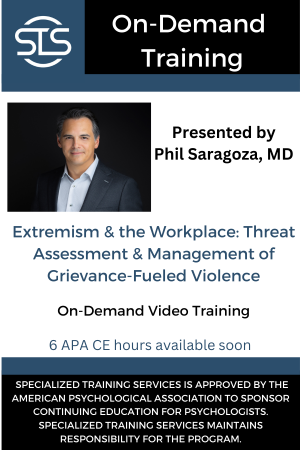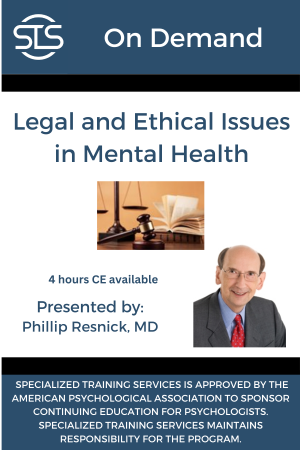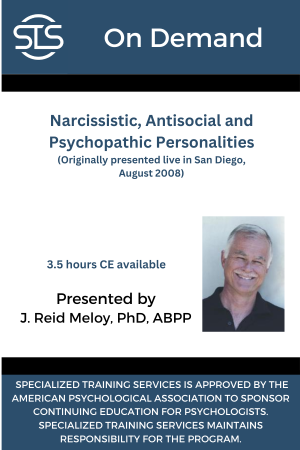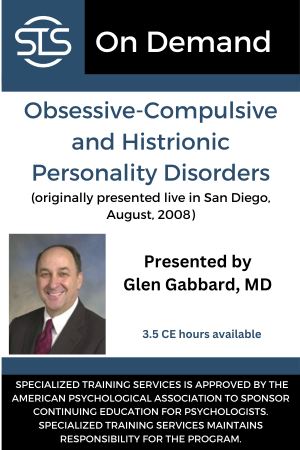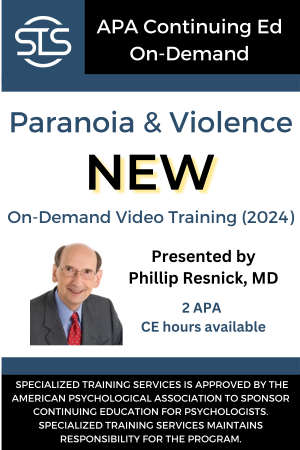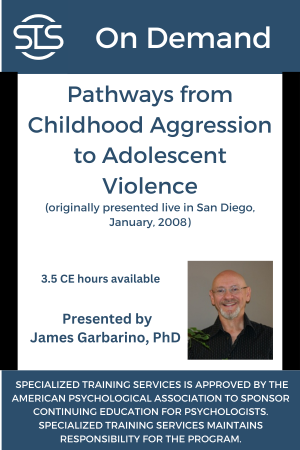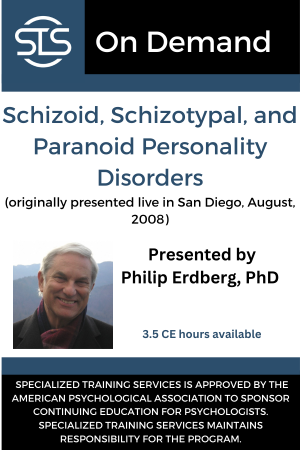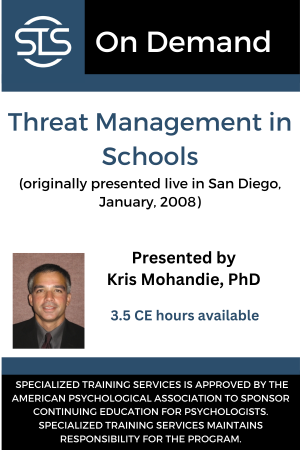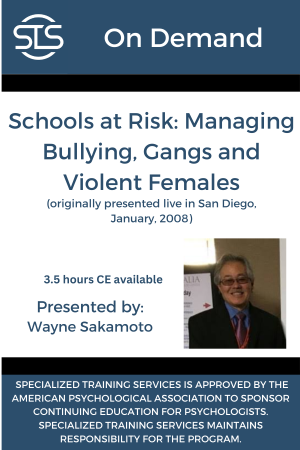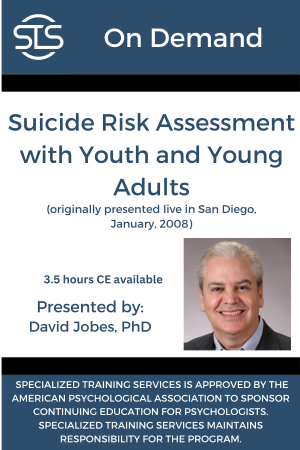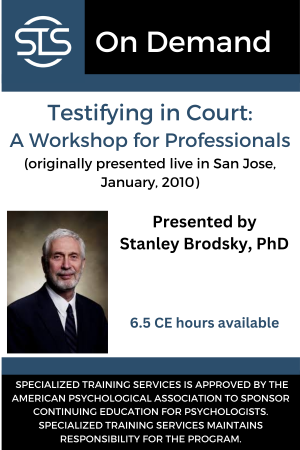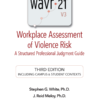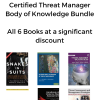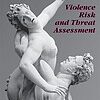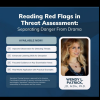Adolescent and Young Adult Mass Murder: Assessment and Management of a Catastrophic Risk (3.5 Hours)
$59.99This on-demand presentation covers understanding adolescent and young adult mass homicide perpetrators from a threat assessment and management perspective.
The training will support the learner in understanding:
- Offender and offense characteristics in adolescent and young adult mass murders
- Differences between predatory and affective modes of violence in mass murders and the legal implications of such a distinction
- Markers along the pathway toward violence in known school shootings and mass homicides
On Demand Video
This is the NON-CE Version (Video Only; no certificate). To purchase the Continuing Education version (with exam and certificate) or if you need a certificate for your employer, CLICK HERE
Continuing Education Credits: 3.5 hours
Presenter: Reid Meloy, Ph.D.
Venue: Live Conference Presentation
Location: San Diego, CA
This video is designed to play on a normal cable or DSL broadband internet connection. Dial up connections will probably not load this video quickly enough for proper viewing. Video resolution is very good but not as high as possible to decrease downloading time. Best viewing is done with a mid-sized screen as a full screen will lose some of its resolution.
This video is from a live conference presentation and is largely unedited. In some cases you may not hear a question asked by a participant however, in most cases the presenter will repeat the question.
We recommend you take notes just as you would if you were in a live conference as those notes will be helpful to learning and will come in handy for the test which follows.
This has been approved for 3.5 APA, SHRM, or ASIS Continuing Education hours/credits.


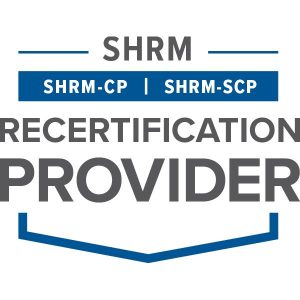
Specialized Training Services is approved by the American Psychological Association to sponsor continuing education for psychologists. Specialized Training Services maintains responsibility for this program and its content. AI was not used in the development of this program or any of its content.
Specialized Training Services, Inc. is recognized by SHRM to offer Professional Development Credits (PDCs) for SHRM-CP® or SHRM-SCP® recertification activities.

